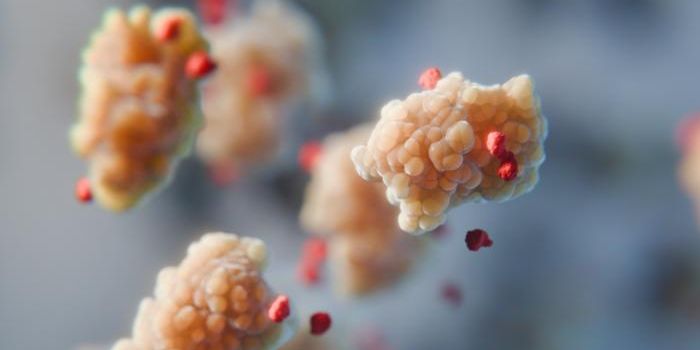Growing Closer to 3D Printed Organs
3D printing has opened up a world of new possibilities, and one company, Prellis Biologics, is using the technology in an effort to build human tissues that are complete with working capillaries. That brings us closer to being able to print human organs for transplant. The rapid speed of the printer enables the tissue to survive the process; it can’t live very long without oxygen.
Real-time video showing tiny fluorescent particles move through an array of 105 capillaries printed in parallel. Each capillary is 250 microns long.
"A major goal in tissue engineering is to create viable human organs, but nobody could print tissue with the speed and resolution needed to form capillaries," explained Melanie Matheu, Ph.D., CEO, and co-founder of Prellis Biologics. "At Prellis, we've now developed that technology, paving the way for important medical advances and, ultimately, functional organ replacements."
Human tissue used to take weeks to print; the capillaries within are only between five and ten microns in size, about one-tenth the width of a human hair. Prellis can print out tissue structure 1000 times faster, complete with vasculature.
"The speed we can achieve is limited only by the configuration of the optical system," Dr. Matheu said. "We are now exploring custom optical system development, which will dramatically increase our capabilities. Our ultimate goal is to print the entire vascular system of a kidney in 12 hours or less."
Other efforts in this field have used a technology called extrusion printing, which uses biological printers and printing inks that are compatible with cells. The resolution is low and it is time-consuming, so the cells have a hard time surviving the process. To circumvent those hurdles, scientists made thin tissue that is surrounded by nutrients. That way, they would not need capillaries, but that is not a useful strategy for creating complex structures like organs. The work by Prellis isn’t limited in that way. The next step is to make 3D tissue that can be used for drug screening.
"Vasculature is a key feature of complex tissues and is essential for engineering tissue with therapeutic value," noted Todd Huffman, CEO of 3Scan, an advanced digital tissue imaging and data analysis company. "Prellis' advancement represents a key milestone in the quest to engineer organs."
"Microvasculature is the fundamental architectural unit that supports advanced multicellular life and it, therefore, represents a crucial target for bottom-up human tissue engineering and regenerative medicine,” added Jordan Miller, Ph.D., Assistant Professor of Bioengineering at Rice University. He is an expert in 3D-printed implantable structures.
It’s estimated that every day, around 300 people in the United States die from organ failure. Replacement organs could benefit patients who are waiting for transplants as well as people with organs that don’t function well.
Real-time printing of a cell encapsulation device that is useful for producing small human cells containing organoids - the structure is designed to be permeable and the size is 200 microns in diameter and can contain up to 2000 cells.
Sources: AAAS/Eurekalert! Via Prellis Biologics








